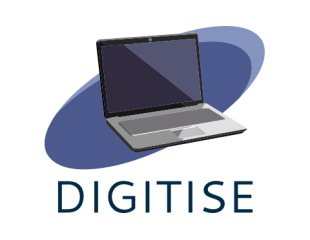According to Educational Speaker and Author, Eric Sheninger, these inital steps are beneficial while transforming your educational space.
Realize that social media is the predominant tool in the world. It fosters personalization, creativity and collaboration, giving students infinite ways in which to create artifacts of their learning and knowledge.
If 1:1 is not in the cards, use devices students already have, know and use. Bring Your Own Device (BYOD) signals to kids that teachers know and understand their basic makeup.
Employing the energy surrounding personal devices allows them to use the tools that help them do what they do better. BYOD enhances learning, increases productivity, allows students to grow their research skills and gives teachers the chance to teach appropriate digital responsibility.
Create spaces for making, collaborating and tinkering. Give students chances to build and create using real-world tools (wood shop, electronics, metal work and coding stations) and to solve open-ended, real-world problems. Bring play back into the picture. These spaces provide students with challenging problems to solve where there is no one correct solution. Through self-directed learning, students are driven to find solutions to create a product that has value.
Structure schools so that they more accurately reflect the real world. Ubiquitous connectivity, charging stations, and casual zones that promote conversation and play increase students’ sense of belonging and engagement. Digitally astute students engage through such models as blended learning, flipped classrooms, games, makerspaces and virtual learning.
Give students access to open courseware and open-source technology. Inherent in these approaches is a high level of personalization and choice about what to focus on, which leads to greater ownership over learning and personalized ways to demonstrate understanding.

